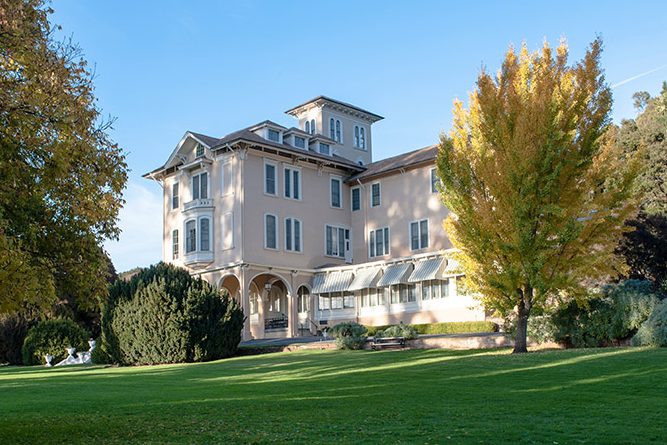Graduate student enrollment across the UC system must increase by 50 percent in the next eight years, according to a UC task force.
The Commission on Growth and Support of Graduate Education was formed by the UC Board of Regents last year to study why graduate enrollment has declined in California over the past decade.
In a written statement, UC President Richard C. Atkinson cited the state’s need for innovation in a “”knowledge-based economy,”” especially in the fields of biotechnology and electronics, as a reason to create new avenues of providing financial support to graduate students.
In order to create this “”well-educated”” work force, the University of California plans to spend $215 million annually on graduate education.
In addition to Atkinson’s belief that the UC system must educate the students needed to “”create new industries not yet imagined,”” he acknowledges that increased graduate enrollment will also create a need for new faculty members to teach the 60,000 new undergraduate students expected to enroll within the next 10 years.
The university estimates that California’s new undergraduate students will need about 40,000 new faculty members to meet its educational needs. The commission recommended that the University of California ask for state-funded post-secondary teaching fellowships for UC graduate students who agree to teach at California universities.
UCSD Dean of Graduate Studies Richard Attiyeh said the UC graduate student enrollment figures need to catch up with the level of undergraduate admission growth and that new forms of graduate student support will facilitate this process.
The disparity between undergraduate and graduate enrollment is due in part to “”the state, which was unwilling or unable to fund the instructional resources for graduate growth,”” Attiyeh said.
Attiyeh says that “”to catch up to where grad enrollment ought to be,”” the university needs to find money to provide competitive fellowships to the growing number of graduate students.
The University of California plans to entice the most talented graduate students to enroll at UC schools with teaching fellowships, increased federal support for fellowship stipends, and 1,000 new “”incentive grants,”” which will be available to students awarded prestigious national fellowships.
Admission standards for graduate students should not be compromised to allow for the growth the university desires, Chair of the UCSD Student Association Kenneth Burch said.
“”We are not talking about changing admissions,”” Burch said. “”We’re talking about a trend since the mid-1980s where students would choose another university over the University of California, not because they were not admitted here, but because they did not receive a competitive package from the University of California.””
A better financial aid offer from other schools is a main reason prospective graduate students choose another school over a UC school, Burch said.
“”Having recently gone through the process [of graduate school], I can tell you the size of the [financial] offer weighs heavily on one’s mind when choosing whether or not to attend,”” Burch said.
At UCSD, Attiyeh expects increases in graduate enrollment to occur in all disciplines and concentrate in a few areas.
“”For UCSD, there will be growth across the board, but with somewhat more rapid growth in emerging disciplines — for example, bioinformations, engineering and management,”” Attiyeh said. “”I believe planned growth can accommodate the growth aspirations of departments in the humanities, the arts, the social sciences and the natural sciences.””
Although many departments will be expanded and new departments will be created, some departments will enjoy greater financial support that others, according to Burch.
The disparity in funding among departments is addressed by the commission, and Burton acknowledges that the gap will have to be further studied to bring in more funding for the social sciences and the humanities.







